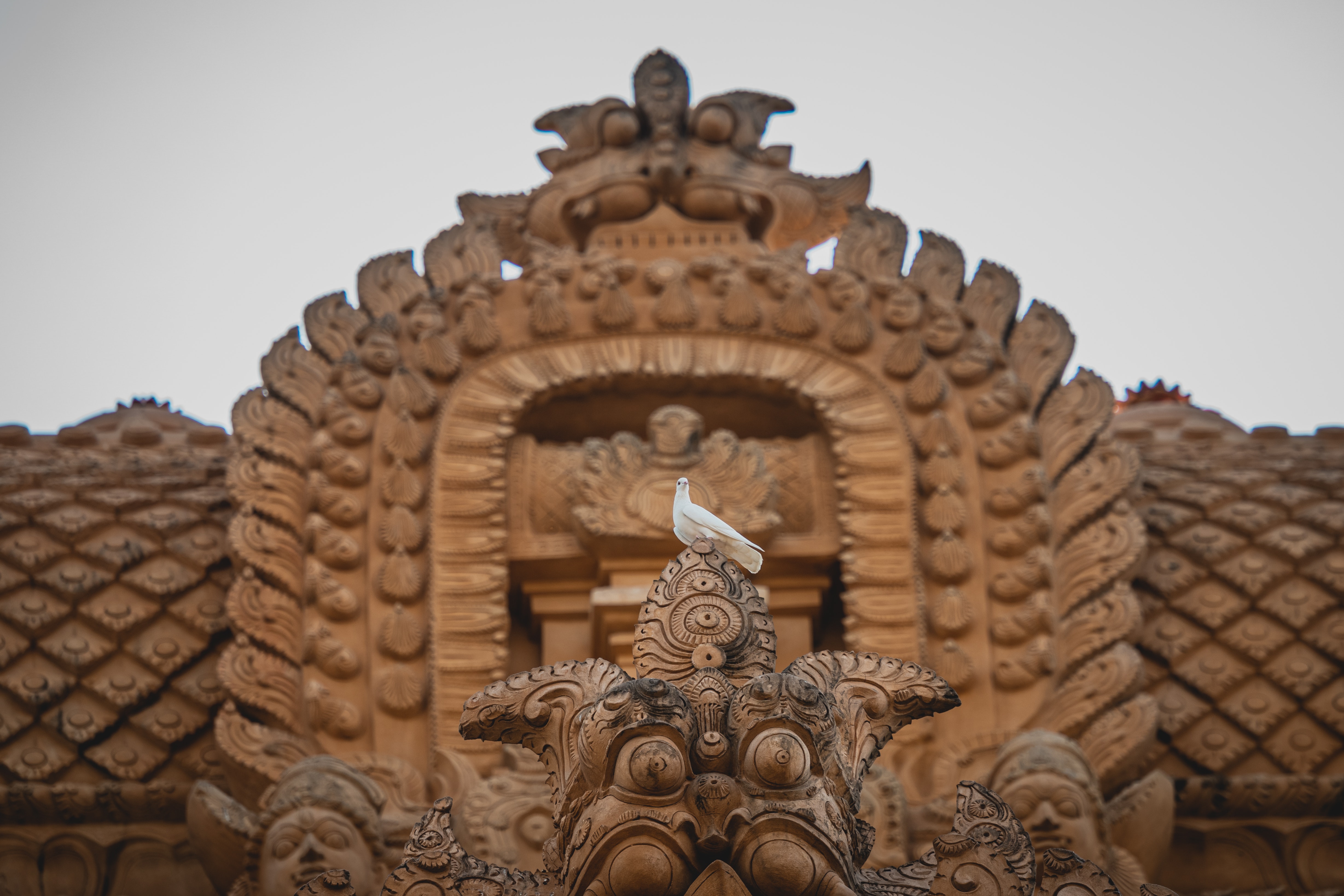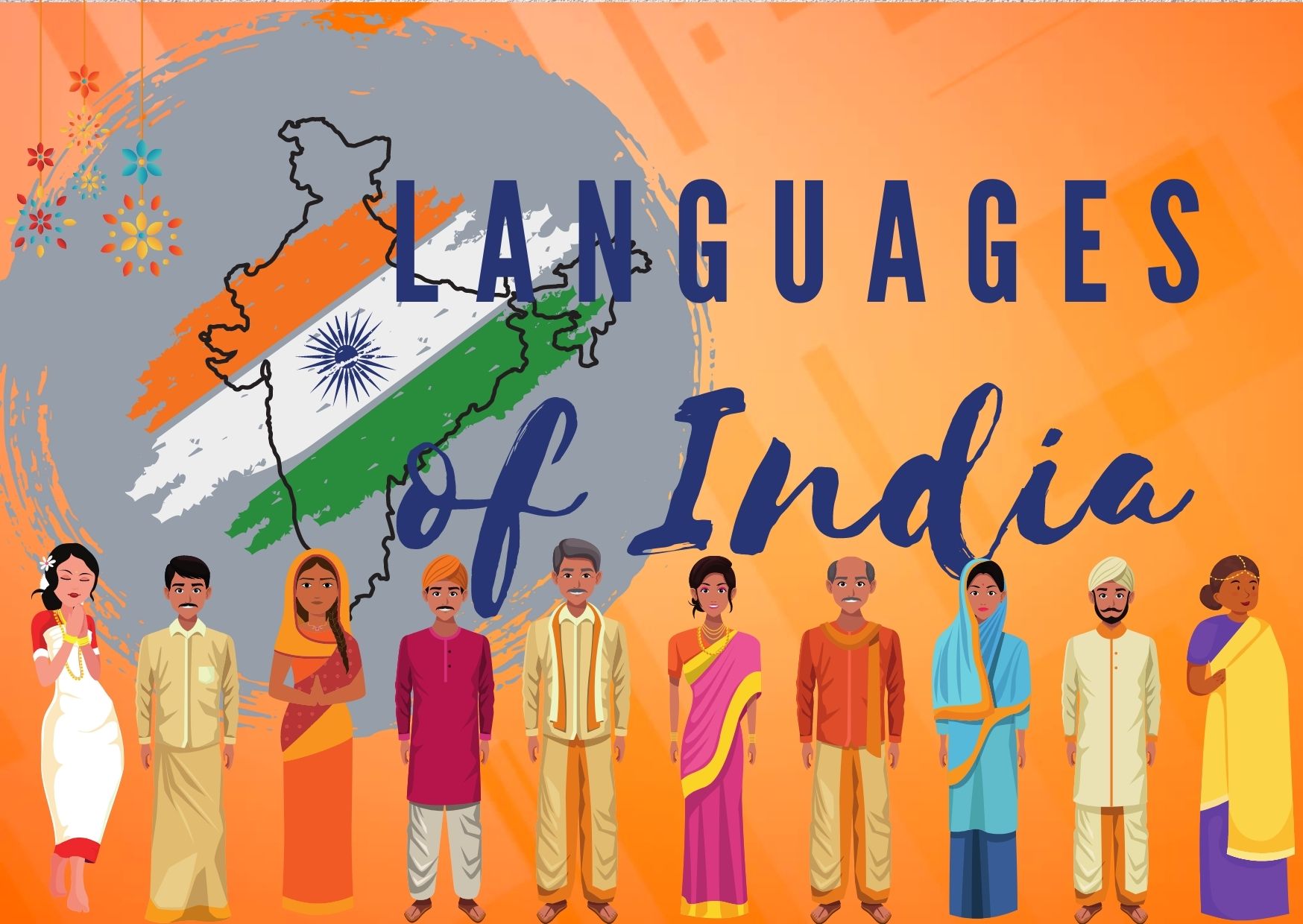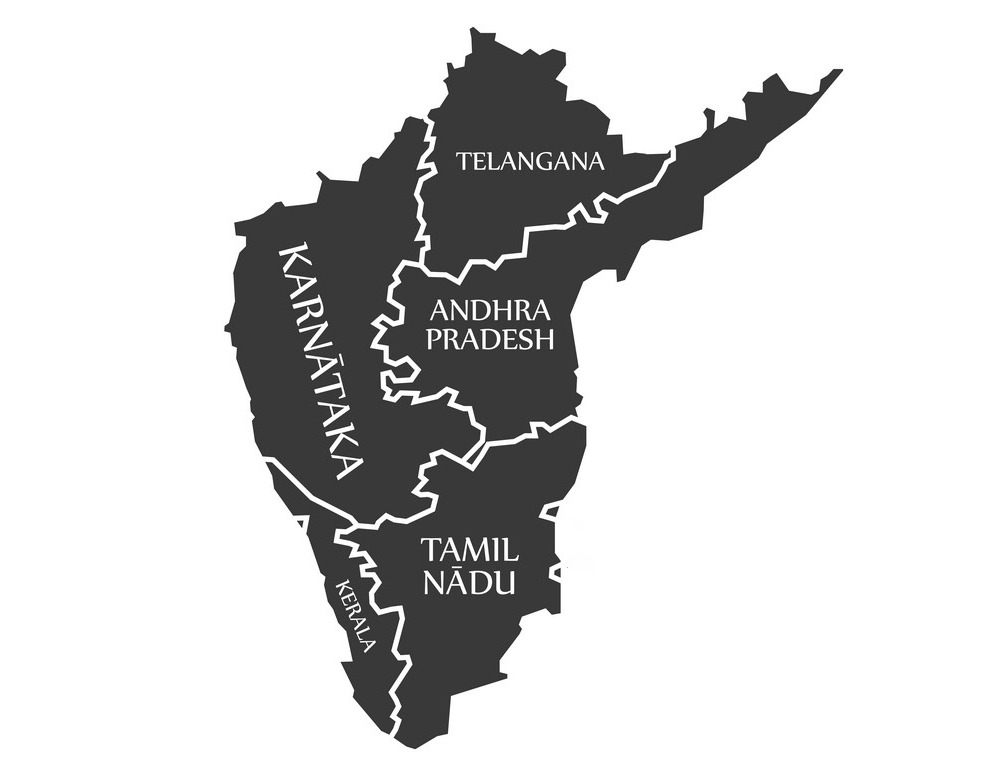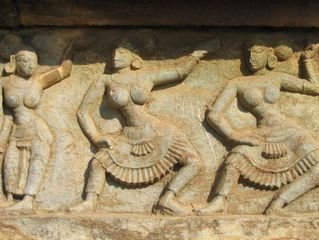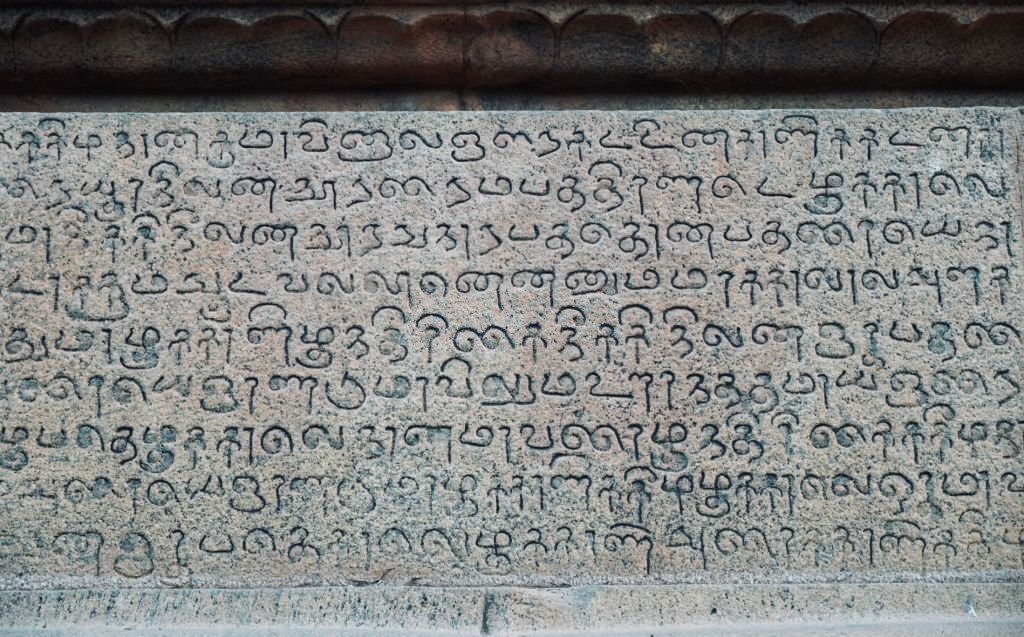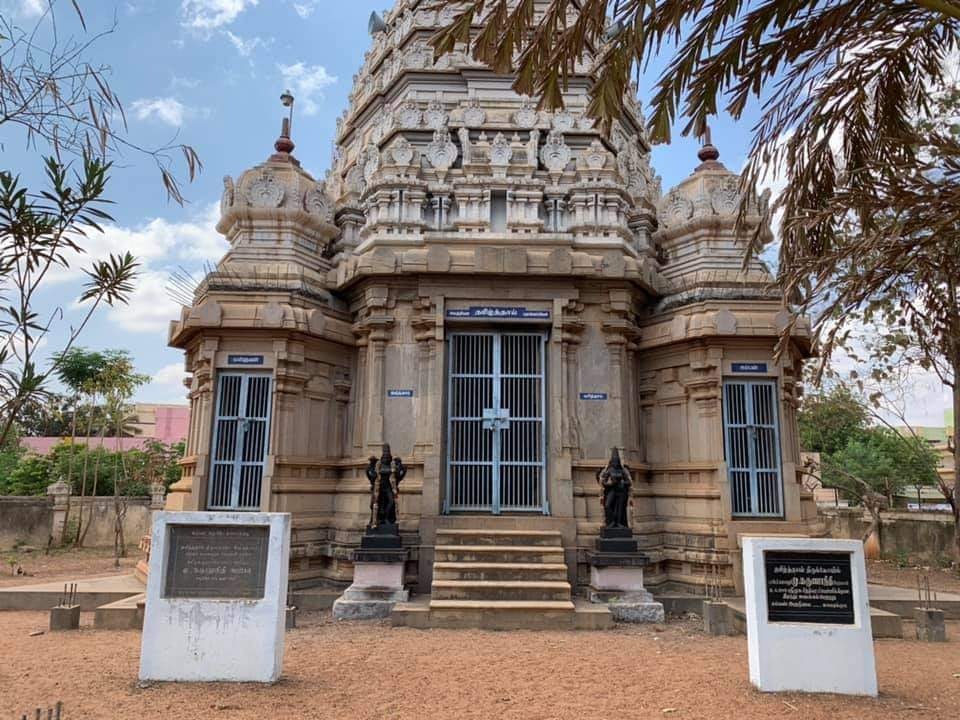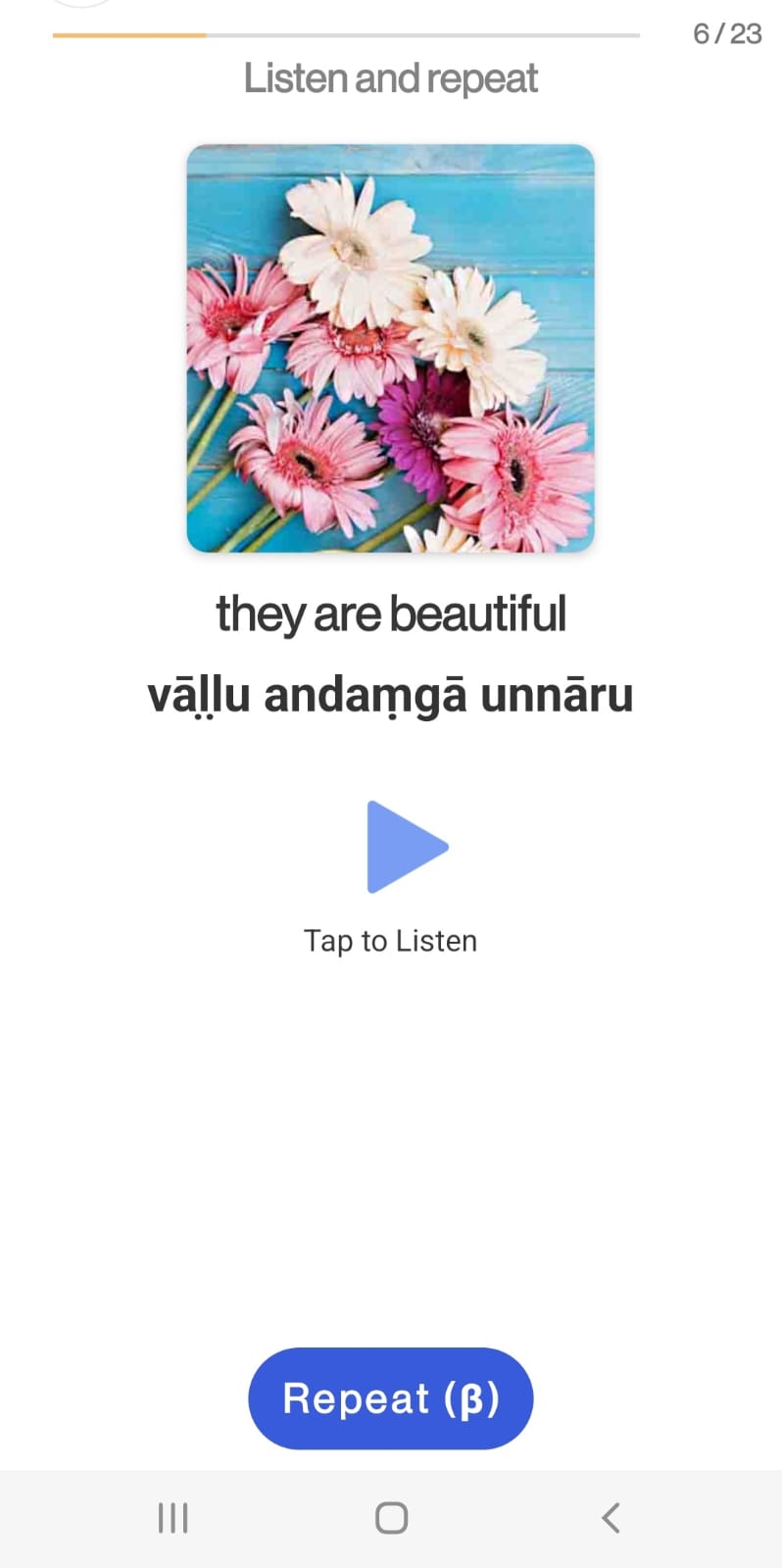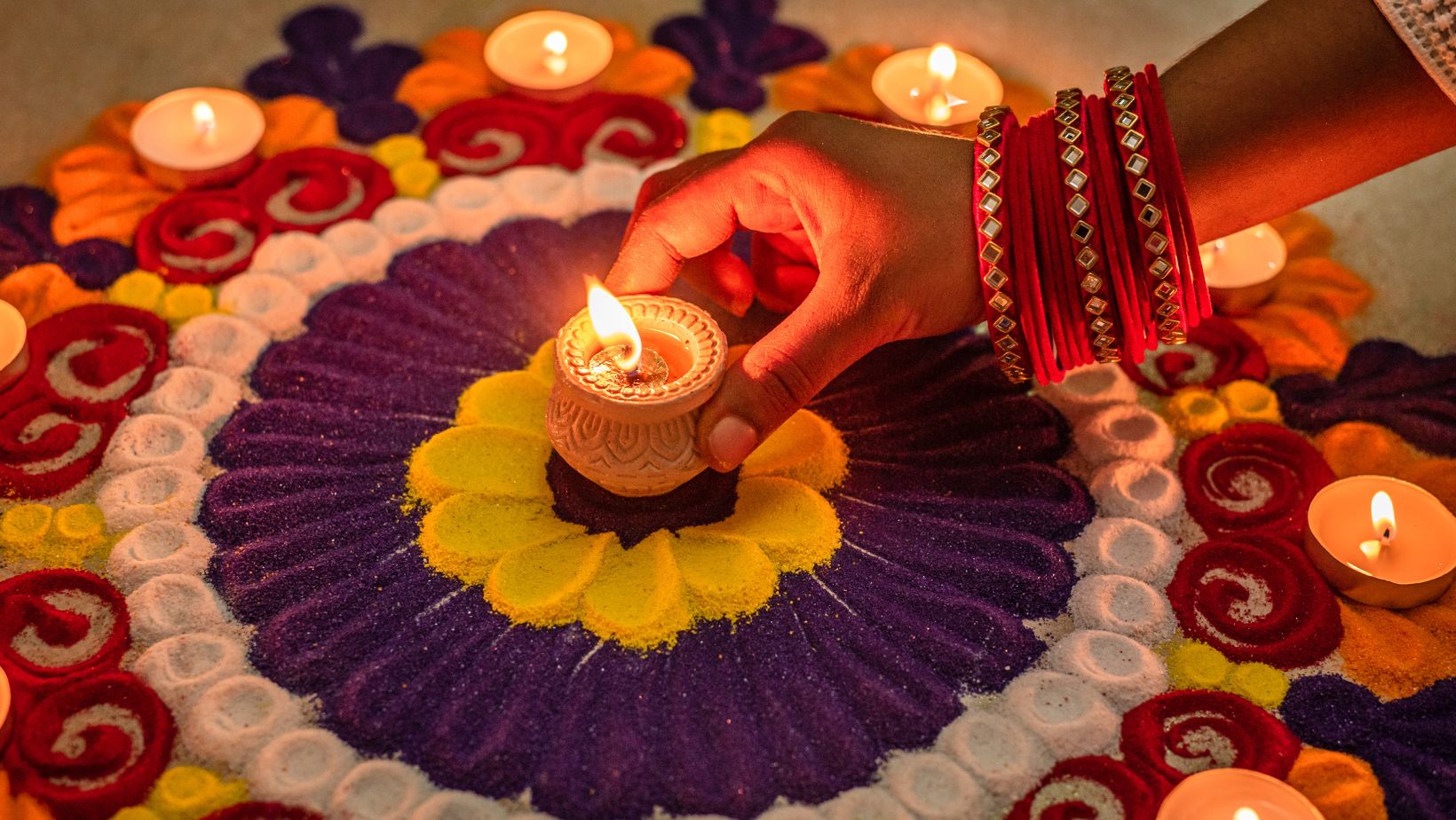The ancient language family!
A land of diversity, India is home to several cultures. This is demonstrated by the vast number of languages spoken here. It’s a land where traveling a few miles in any direction can expose one to a new language, making India one of the most linguistically diverse country in the world. 22 of these languages have been referred to as officially recognized languages. Furthermore, languages like Tamil, Telugu, Kannada, Malayalam, Sanskrit, and Odia are classified as classical languages because of their long history.
Precisely, Indian languages can be classified into four groups based on their language structure: Dravidian, Indo-Aryan, Austroasiatic, Sino- Tibetan or Tibeto Burman, Tai Kadai.
Out of these, Dravidian languages are considered the most ancient languages.
To gain a broader understanding of India’s ancient language's culture, let's take a closer look at the facts about the Dravidian languages:
What is the Dravidian language?
Dravidian languages are a family of languages spoken mostly in the Southern India, Sri Lanka and Pakistan. Nearly 70 languages are part of the Dravidian family with almost 215 million speakers. Did you know that the Dravidian languages are closely related to the rest of the languages spoken in other parts of India at a root level.
Origin of Dravidian languages:
Though the origin of Dravidian languages is still a mystery, it is believed to be associated with the Indus Valley civilization and dates back to atleast the 2nd millennium BCE.
Dravidian languages:
The Dravidian languages are divided into South, South-Central, Central and North groups which are further organized into 24 subgroups. The four major languages of the Dravidian family in use are Tamil, Kannada, Telugu, and Malayalam. These are all official state languages of India and have a long well-documented history. Many Linguistics opine that there existed an old Dravidian language, “Adi Dravid Bhasha”, common to all these main languages.
Besides the above-stated languages, the major Dravidian languages spoken in India are Tulu, Toda, Kota, Irula, Kurumba, Kodagu, Gondi, Konda, Kui, Kuvi, Kolami, Naiki, Parji, Ollari, Gadaba, Kurukh, Bage, Bellari, Kaanikkaran, Kurumba, Maltho, Kuraku, Chenchu, Savara, Holiya, Kudiya, Kodava, Kurichiya, Paliyan, Pengo and Malankuravan.
‘Brahui’ is the only Dravidian language that is not spoken in India and is widely used by the people in Baluchistan (westernmost province of Pakistan) and Afghanistan.
Tamil Language:
It may interest you to know that Tamil is the oldest language of the Dravidian family and also the oldest living language of the Indian subcontinent.
Apart from Tamil Nādu, a state in southern India, it is also the official language of Sri Lanka and Singapore.
You'll be surprised to learn that there is a temple dedicated to this language, the Tamil Thai Temple in Karaikudi, Tamil Nādu.
The Kannada language has the second oldest written tradition in India after Tamil.
The languages of the Dravidian family have a great history that shows how the languages struggle to keep themselves alive and that too in their purest form.
If these facts fascinate you and motivate you to learn major Dravidian languages, then without further delay download the Language Curry App and take a step forward towards your learning journey.
Tamil, Kannada, Telugu, and Malayalam, the four major languages of the Dravidian family, are available on the app and can be accessed at any time, from anywhere.
Do you know the Benefits of knowing multiple Indian regional languages?
These are the 5 most mispronounced Marathi words

